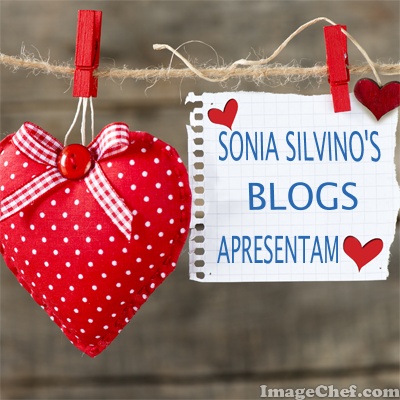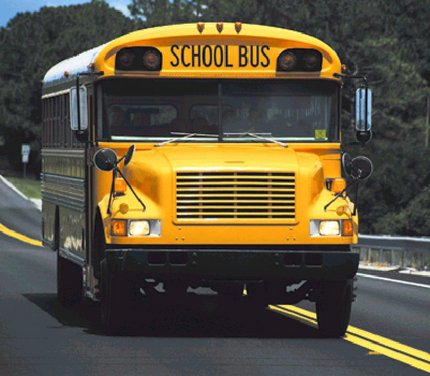8/28/2011
Animals...
ALBATROSS = albatroz
ALLIGATOR = aligátor
ANT = formiga
APE = macaco
ASS = asno, burro
BABOON = babuíno, mandril
BAT = morcego
BEAR = urso
BEAVER = castor
BEE = abelha
BIRD = pássaro; ave
BUG = qualquer inseto pequeno rastejante (também aranhas e centopeias)
BULL = touro
BUTTERFLY = borboleta
CALF = bezerro
CAMEL = camelo
CAT = gato
CHAMELEON = camaleão
CHICK = pintinho
CHICKEN = frango
CLAM = mexilhão
COBRA = naja
COCK = galo
COW = vaca
COYOTE = coiote
CRAB = caranguejo
CRICKET = grilo
CROCODILE = crocodilo
CROW = gralha preta
CUCKOO = cuco
DOG = cachorro
DONKEY = asno, burro
DUCK = pato
EAGLE = águia
ELEPHANT = elefante
ELK = rena
FERRET = furão
FISH = peixe
FLEA = pulga
FLY = mosca
FOX = raposa
FROG = rã
GANDER = ganso macho
GNAT = mosquito
GOAT = bode
GOLDFISH = peixe dourado de aquário, peixe vermelho, peixe japonês
GOOSE = ganso
GRASSHOPPER = gafanhoto
HALCYON = alcione, martim-pescador
HARE = lebre
HAWK = falcão, gavião
HEDGEHOG = porco-espinho
HEN = galinha
HERRING = arenque
HOG = porco capão
HORNET = vespa, marimbondo
HORSE = cavalo
HOUND = cão de caça
JACKAL = chacal
JAY, JAYBIRD = gaio
KANGAROO = canguru
KITTEN = gatinho
LAMB = cordeiro
LARK = cotovia
LEECH = sanguessuga
LEMMING = lemingue
LEOPARD = leopardo, também conhecido como pantera
LION = leão
LYNX = lince
MACKEREL = cavalinha
MARE = égua
MAVERICK = animal de gado sem marca de ferro em brasa
MINNOW = peixinho de água doce
MOLE = toupeira
MONKEY = macaco
MOOSE = alce
MOTH = traça, mariposa
MOUSE = camundongo
MULE = mula
NIT = lêndea
OSTRICH = avestruz
OTTER = lontra
OWL = coruja
OX = boi
OYSTER = ostra
PANTHER = pantera
PELICAN = pelicano
PENGUIN = pinguim
PETREL = petrel
PIG = porco, leitão
PIGEON = pombo
PONY = pônei
POSSUM = gambá
PUP = filhote de cachorro
PUSSY = gatinho
RABBIT = coelho
RACCOON, RACOON = guaxinim
RAT = rato
RAVEN = corvo
RHINOCEROS = rinoceronte, paquiderme
ROBIN, ROBIN REDBREAST = tordo americano
ROOSTER = galo
SEA LION = leão-marinho
SEAL = foca
SHARK = tubarão
SHEEP = ovelha
SKUNK = gambá
SNAIL = caramujo
SNAKE = cobra
SOW = porca
SPIDER = aranha
SPRAT = arenque pequeno, novo
SQUIRREL = esquilo
STAG = veado macho
SWALLOW = andorinha
SWAN = cisne
SWINE = porco
TICK = carrapato
TIGER = tigre
TOAD = sapo
TURKEY = peru
TURTLE = tartaruga
VULTURE = abutre
WEASEL = doninha, fuinha
WHALE = baleia
WOLF = lobo
WORM = minhoca
ZEBRA = zebra
8/24/2011
I do... I do... I do...
Quando você quiser reforçar o que está dizendo, use o auxiliar "do" antes do verbo principal.
Ex.: I want to drink a cup of coffee.
I do want to drink a cup of coffee.
(Eu quero "mesmo" beber uma xícara de café.)
8/16/2011
BIPOLAR CELEBRITIES
From here: NEWSWEEK MAGAZINE
BIPOLAR DISORDER
Bipolar disorder or manic–depressive disorder, also referred to as bipolar affective disorder or manic depression, is a psychiatric diagnosis that describes a category of mood disorders defined by the presence of one or more episodes of abnormally elevated energy levels, cognition, and mood with or without one or more depressive episodes. The elevated moods are clinically referred to as mania or, if milder, hypomania. Individuals who experience manic episodes also commonly experience depressive episodes, or symptoms, or a mixed state in which features of both mania and depression are present at the same time. These events are usually separated by periods of "normal" mood; but, in some individuals, depression and mania may rapidly alternate, which is known as rapid cycling. Extreme manic episodes can sometimes lead to such psychotic symptoms as delusions and hallucinations. The disorder has been subdivided into bipolar I, bipolar II, cyclothymia, and other types, based on the nature and severity of mood episodes experienced; the range is often described as the bipolar spectrum.
Estimates of the lifetime prevalence of bipolar disorder vary, with studies typically giving values of the order of 1%, with higher figures given in studies with looser definitions of the condition. The onset of full symptoms generally occurs in late adolescence or young adulthood. Diagnosis is based on the person's self-reported experiences, as well as observed behavior. Episodes of abnormality are associated with distress and disruption and an elevated risk of suicide, especially during depressive episodes. In some cases, it can be a devastating long-lasting disorder. In others, it has also been associated with creativity, goal striving, and positive achievements. There is significant evidence to suggest that many people with creative talents have also suffered from some form of bipolar disorder. It is often suggested that creativity and bipolar disorder are linked.
Genetic factors contribute substantially to the likelihood of developing bipolar disorder, and environmental factors are also implicated. Bipolar disorder is often treated with mood stabilizing medications and, sometimes, other psychiatric drugs. Psychotherapy also has a role, often when there has been some recovery of the subject's stability. In serious cases, in which there is a risk of harm to oneself or others, involuntary commitment may be used. These cases generally involve severe manic episodes with dangerous behavior or depressive episodes with suicidal ideation. There are widespread problems with social stigma, stereotypes, and prejudice against individuals with a diagnosis of bipolar disorder. People with bipolar disorder exhibiting psychotic symptoms can sometimes be misdiagnosed as having schizophrenia, a serious mental illness.
The current term bipolar disorder is of fairly recent origin and refers to the cycling between high and low episodes (poles). A relationship between mania and melancholia had long been observed, although the basis of the current conceptualisation can be traced back to French psychiatrists in the 1850s. The term "manic-depressive illness" or psychosis was coined by German psychiatrist Emil Kraepelin in the late nineteenth century, originally referring to all kinds of mood disorder. German psychiatrist Karl Leonhard split the classification again in 1957, employing the terms unipolar disorder (major depressive disorder) and bipolar disorder.
From here:
http://en.wikipedia.org/wiki/Bipolar_disorder
In Portuguese, here:
http://pt.wikipedia.org/wiki/Transtorno_bipolar
8/13/2011
HOW DO YOU SAY... IN ENGLISH?
8/06/2011
IDIOMATIC EXPRESSIONS
Descobri este site repleto de expressões idiomáticas.
Imperdível para quem quer aprender a Língua Inglesa. Uma grande fonte de consulta para você.
Confira AQUI.
Assinar:
Postagens (Atom)
















